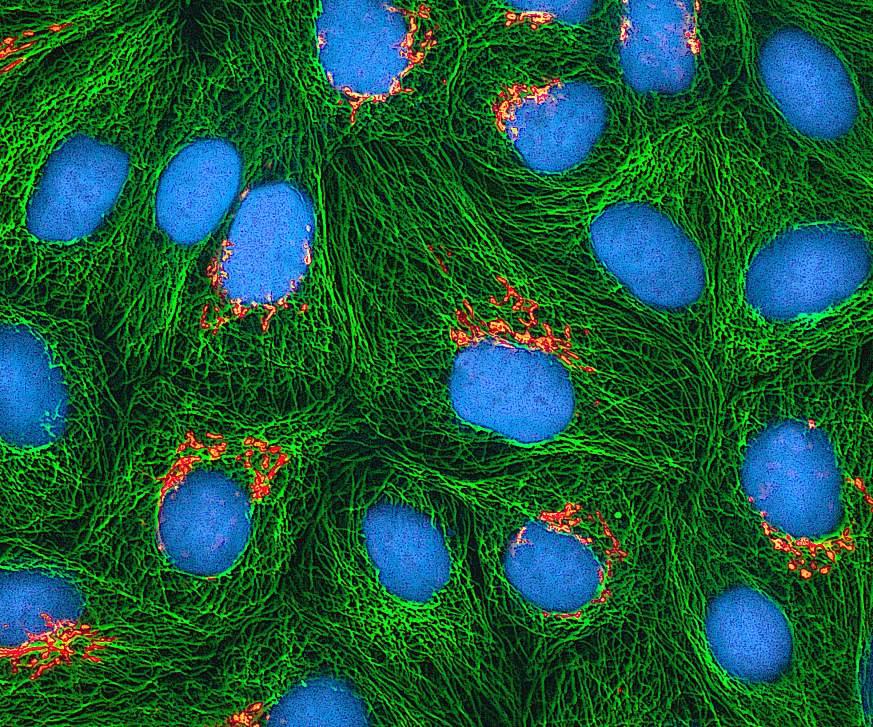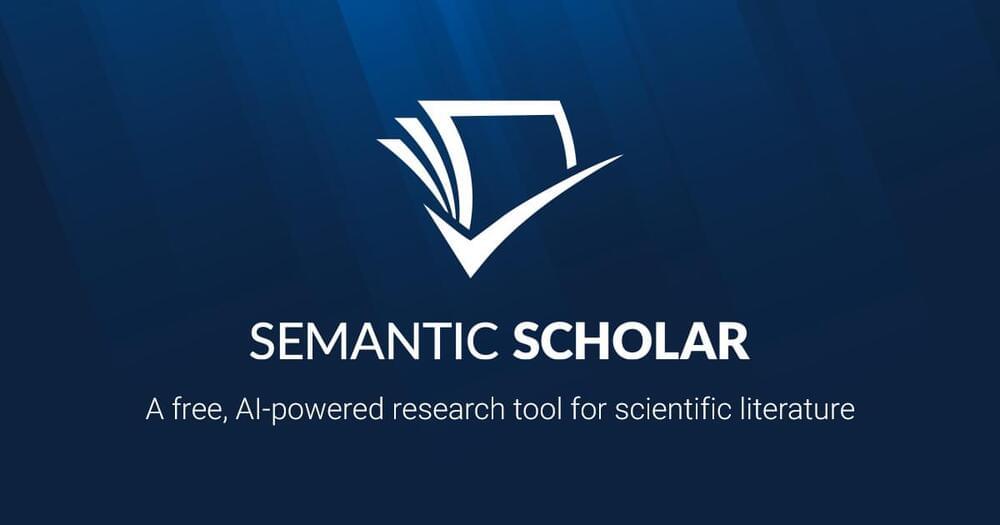We’re living through an artificial intelligence revolution that’s unlocking new ways for companies to replicate humans.



This type of cell could lead to an unlimited cell division in human cells aka a forever lifespan 😃 #immortality
“The sequencing and posting of the HeLa genome brought into sharp relief important ethical and policy issues,” said Dr. Collins. “To understand the family’s perspectives, we met with them face to face three times over four months, and listened carefully to their concerns. Ultimately, we arrived at a path forward that respects their wishes and allows science to progress. We are indebted to the Lacks family for their generosity and thoughtfulness.”
The HeLa Genome Data Use Agreement
The new controlled access policy for full genome sequence data from HeLa cells will give the Lacks family the ability to have a role in work being done with the HeLa genome sequences and track any resulting discoveries. Under the policy, biomedical researchers who agree to abide by terms set forth in the HeLa Genome Data Use Agreement will be able to apply to NIH for access to the full genome sequence data from HeLa cells. Along with representatives from the medical, scientific, and bioethics communities, two representatives of the Lacks family will serve on NIH’s newly formed, six-member working group that will review proposals for access to the HeLa full genome sequence data. In addition, NIH-funded researchers who generate full genome sequence data from HeLa cells will be expected to deposit their data into a single database for future sharing through this process. The database study page will be accessible after the embargo lifts at this url: http://www.ncbi.nlm.nih.gov/projects/gap/cgi-bin/study.cgi?s…0640.v1.p1. Other investigators will be encouraged to respect the wishes of the family and do the same. Importantly, all researchers who use or generate full genomic data from HeLa cells will now be asked to include in their publications an acknowledgement and expression of gratitude to the Lacks family for their contributions.
Circa 2018
The secrets to immortality may lie in an unexpected place — fruit fly stem cells. Researchers led by Howard Hughes Medical Institute (HHMI) Investigator Yukiko Yamashita have found that some stem cells have a genetic trick to remain young forever across generations. While some areas of the fruit fly genome get shorter as they age, some reproductive cells are able to fix that shortening. Once observed only in yeast, this work, reported in eLife, has revealed more about aging, and how some cells can avoid it.
This work focused on critical genes in ribosomal DNA, rDNA. Ribosomes are cellular organelles that act as protein factories. That rDNA is repeated in several areas of the genome because many ribosomes are needed to make all of the proteins the body needs. Five chromosomes each have spots with hundreds of copies of rDNA. However, that type of redundant sequence can be difficult for cells to replicate accurately every time cell division happens.


Microsoft is reversing a decision to remove a key feature from its upcoming. NET 6 release, after a public outcry from the open source community. Microsoft angered the. NET open source community earlier this week by removing a key part of Hot Reload in the upcoming release of. NET 6 a feature that allows developers to modify source code while an app is running and immediately see the results.
It’s a feature many had been looking forward to using in Visual Studio Code and across multiple platforms, until Microsoft made a controversial last-minute decision to lock it to Visual Studio 2022 which is a mostly paid product that’s limited to Windows. Sources at Microsoft, speaking on condition of anonymity, told The Verge that the last-minute change was made by Julia Liuson, the head of Microsoft’s developer division, and was a business-focused move.


In an interview with RT, the president of the Russian Federation’s national aerospace agency, Roscosmos, expressed satisfaction with the number of trips performed by the Space Exploration Technologies Corporation’s (SpaceX) Crew Dragon spacecraft to the International Space Station (ISS).
After being developed for the National Aeronautics and Space Administration (NASA), the Dragon recently achieved another historic milestone in aerospace history by ferrying a private crew to an orbit higher than the International Space Station (ISS), which serves as a global space laboratory.
Roscosmos uses Russia’s Soyuz spacecraft for its crewed flights, and it plans to stop its ISS missions by 2024. The station includes components from all over the world, and it will have spent 22 years in orbit in November, having been the only destination for travelers to space.


This work expands the repertoire of DNA-based recording techniques by developing a novel DNA synthesis-based system that can record temporal environmental signals into DNA with minutes resolution. Employing DNA as a high-density data storage medium has paved the way for next-generation digital storage and biosensing technologies. However, the multipart architecture of current DNA-based recording techniques renders them inherently slow and incapable of recording fluctuating signals with sub-hour frequencies. To address this limitation, we developed a simplified system employing a single enzyme, terminal deoxynucleotidyl transferase (TdT), to transduce environmental signals into DNA. TdT adds nucleotides to the 3’ ends of single-stranded DNA (ssDNA) in a template-independent manner, selecting bases according to inherent preferences and environmental conditions.